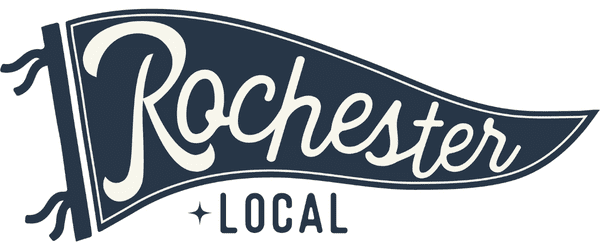 Mufasa, from The Lion King, really knew what he was talking about when he said, “Remember who you are” to Simba. Considering the hundreds of times I watched that Disney legend in my early years, you would think it would have stuck a bit better.
Mufasa, from The Lion King, really knew what he was talking about when he said, “Remember who you are” to Simba. Considering the hundreds of times I watched that Disney legend in my early years, you would think it would have stuck a bit better.
Growing up, I knew exactly who I was and what I was meant to be: a teacher. I didn’t hesitate to let my true self shine and didn’t back down or hide behind some sort of facade. I knew I was smart, I loved words and language, books were my favorite escape, and my imagination and creativity were my superpowers. I desperately wanted to share these passions with others. One year while I was still just barely in single digits, I received an easel for Christmas. One side was a chalkboard, and that was my favorite! Soon after, I started smuggling textbooks home from school, preferring handwriting and English anthologies. In middle school, I even snuck a Spanish textbook home! I would gather the neighborhood children, march them to my bedroom like a mama duck and her ducklings, and teach them as best as I could. They thought we were just playing, pantomiming school, but I knew it was something more. I knew it was practice.
Language Arts came easily to me. I recall memorizing a poem in first grade with ease (It was a section of William Blake’s “The Lamb” if you are curious). I won a school-wide spelling bee in third grade (clearly the peak of my spelling skills). I was told in fifth grade after a demonstration speech that I should consider teaching, and was used as a model for future presentation assignments. In middle school, I tested out of grammar units by passing every pretest with little preparation. I am not saying this to brag, but to prove I knew who I was and where my strengths were. By eighth grade graduation, I knew what I wanted to be: not just any teacher, but an English teacher. High school changed that, though. Those in my circle of friends had such big, fancy career goals with long titles I struggled to spell (see! I told you I peaked early in that department), so I changed my goal. I decided I would pursue child and adolescent psychology. The first year of college told me otherwise. With my tail between my legs, I went to visit my favorite professor asking if I could be a teacher’s aid for credit and test if teaching was what I was meant to do after all. Had I just listened to Mufasa, I would have saved a bit of money and time. Maybe I would have even paused to realize the importance of the date I was born on. Then I would have known my calling all along!
My birthday, March 4th, was unique to me, sure. Even more unique when my kindergarten teacher announced that it was the only day of the year that was a complete sentence, and I never forgot that. Even better, though, is that March 4th is National Grammar Day! My destiny was decided at birth! If only I had known; if only a giant mammal would have spoken to me from the clouds to remind of who I was, or told me who I was meant to be.
In the spirit of those early days in my bedroom, teaching with stolen books and rainbow chalk squeaking on my new easel, I’d like to leave you with something you can take with you in celebration of all things Grammar and Writing: six rules for correct comma usage. A missing or incorrectly placed comma can completely change your intended message (“Let’s eat children” vs “Let’s eat, children”).
- Use a comma before a coordinating conjunction when joining two independent clauses. In other words, if it’s a complete thought on both sides and they are joined by a word like ‘and’ or ‘but,’ you need a comma to separate the sentence look-a-likes. I wanted to answer the phone, but it was more important to sip coffee first.
- Use a comma after an introductory phrase. Before you bring that bedtime drink, take a deep breath.
- Use a comma between all items in a list and before the conjunction (long live the Oxford comma!). For the school bake sale, I had to decide between making cookies, making brownies, or just buying something on the way.
- If two adjectives are describing the same noun, they’ll need a comma. His dreamy, blue eyes drew me in.
- If it’s not needed for the sentence to maintain meetings, separate the phrase with commas. She leaned in to whisper, if you can call it a whisper, about where the neighbors were this time.
- Use commas to set apart contrasting phrases. The toddler declared he liked creamy, not crunchy, peanut butter.
Now put this renewed knowledge to the test, and Metaphors be with you!





